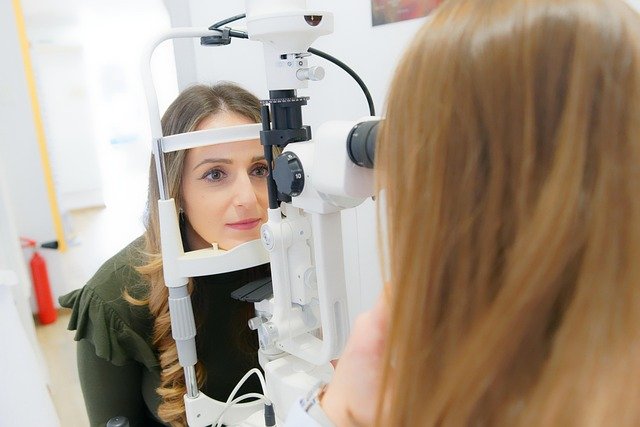Macular Degeneration Warning Signs and Symptoms!
Age-related macular degeneration (AMD) is a progressive eye condition that affects millions of people worldwide, particularly those over 50. This article delves into the warning signs, symptoms, causes, and treatment options for macular degeneration, providing valuable insights for those concerned about their eye health or caring for someone with this condition.

What is macular degeneration and how does it affect vision?
Macular degeneration is a condition that affects the macula, the central part of the retina responsible for sharp, detailed vision. As the disease progresses, it can lead to a gradual loss of central vision, making it difficult to read, recognize faces, or perform tasks that require fine detail perception. There are two main types of age-related macular degeneration: dry AMD (the most common form) and wet AMD (less common but more severe).
What are the early warning signs of macular degeneration?
Detecting macular degeneration in its early stages is crucial for managing the condition effectively. Some early warning signs include:
-
Blurry or fuzzy vision
-
Difficulty reading or seeing fine details
-
Straight lines appearing wavy or distorted
-
Dark or empty areas in the center of vision
-
Colors appearing less vibrant
It’s important to note that these symptoms may develop gradually and can be subtle at first. Regular eye exams are essential for early detection and management of macular degeneration.
What causes macular degeneration and who is at risk?
The exact causes of macular degeneration are not fully understood, but several factors contribute to its development:
-
Age: The risk increases significantly after age 50
-
Genetics: Family history of AMD
-
Smoking: A major modifiable risk factor
-
Obesity and poor diet: Lack of nutrients beneficial for eye health
-
High blood pressure and cardiovascular disease
-
Race: More common in Caucasians
While some risk factors, like age and genetics, cannot be changed, others can be modified through lifestyle choices to reduce the risk of developing macular degeneration.
How is macular degeneration diagnosed and what tests are involved?
Diagnosing macular degeneration typically involves a comprehensive eye examination performed by an eye care professional. The process may include:
-
Visual acuity test: Measures how well you see at various distances
-
Dilated eye exam: Allows the doctor to examine the retina and macula
-
Amsler grid test: Detects changes in central vision
-
Optical coherence tomography (OCT): Provides detailed images of the retina
-
Fluorescein angiography: Identifies abnormal blood vessels in wet AMD
Early diagnosis is crucial for effective management and treatment of macular degeneration, emphasizing the importance of regular eye check-ups, especially for those at higher risk.
What are the current treatment options for macular degeneration?
Treatment for macular degeneration varies depending on the type and stage of the disease. For dry AMD, which progresses more slowly, treatment options include:
-
Lifestyle changes: Quitting smoking, improving diet, and exercising
-
Nutritional supplements: Specific vitamins and minerals (AREDS2 formula)
-
Regular monitoring: To track disease progression
For wet AMD, more aggressive treatments are available:
-
Anti-VEGF injections: Medications to stop abnormal blood vessel growth
-
Photodynamic therapy: Combines light-activated drugs with laser treatment
-
Laser photocoagulation: Used in some cases to seal leaking blood vessels
Research into new treatments, including stem cell therapy and gene therapy, is ongoing and shows promise for future management of macular degeneration.
How can you prevent or slow the progression of macular degeneration?
While there’s no guaranteed way to prevent macular degeneration, several strategies can help reduce risk or slow its progression:
-
Quit smoking or never start
-
Maintain a healthy diet rich in leafy greens, fish, and antioxidants
-
Exercise regularly and maintain a healthy weight
-
Protect your eyes from UV light with sunglasses
-
Control blood pressure and cholesterol levels
-
Have regular eye exams, especially if you’re over 50 or have risk factors
By adopting these lifestyle changes and working closely with eye care professionals, individuals can take proactive steps to protect their vision and manage macular degeneration effectively.
In conclusion, understanding the warning signs, symptoms, and treatment options for macular degeneration is crucial for early detection and management. By staying informed, maintaining regular eye check-ups, and adopting a healthy lifestyle, individuals can take significant steps towards preserving their vision and quality of life in the face of this challenging eye condition.
This article is for informational purposes only and should not be considered medical advice. Please consult a qualified healthcare professional for personalized guidance and treatment.




